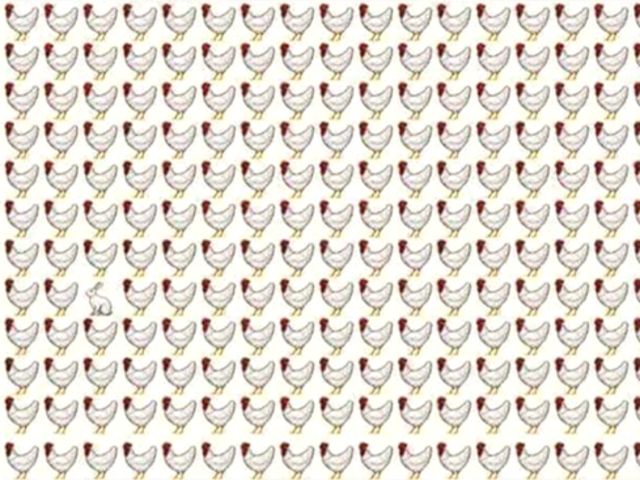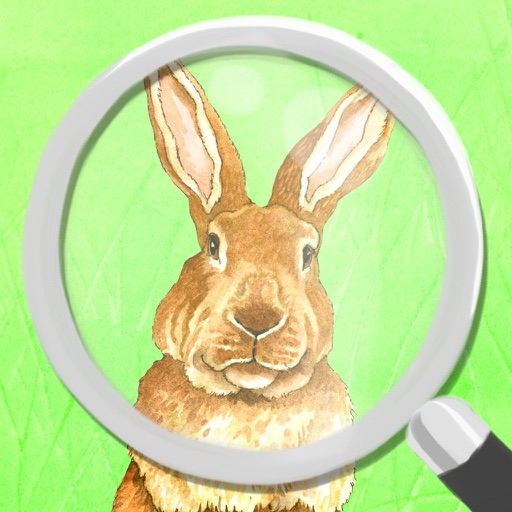

In addition to their aesthetic appeal, rabbit gardens were also used for practical purposes.

These gardens were often designed to be visually appealing as well as functional, with features such as fountains, statues, and decorative plants. Many estates featured large, ornate warrens with multiple levels and intricate tunnel systems. These gardens were often located in wooded areas or near streams, which provided the rabbits with a natural habitat and a source of food and water.ĭuring the 16th and 17th centuries, rabbit gardens became increasingly fashionable among the European aristocracy. However, as the popularity of rabbit breeding and keeping grew, so did the size and complexity of rabbit gardens.īy the 14th century, rabbit gardens had become more elaborate, with networks of underground burrows and tunnels that were designed to allow the rabbits to move freely between different areas of the garden. These early warrens were typically small, with a few hutches or cages for keeping rabbits. The earliest rabbit gardens are thought to have originated in France during the 12th century. These gardens were designed specifically for the breeding and keeping of rabbits, which were valued for their meat, fur, and as a symbol of fertility. Rabbit gardens, also known as warrens, were once a common feature of aristocratic estates in medieval Europe. The History Of Rabbit Gardens For Pet Rabbits These gardens were often designed with ornate structures and landscaping and were filled with rabbits of various breeds. However, the upper classes began to keep rabbits as pets, with some even going so far as to build elaborate rabbit gardens or warrens. Domesticated Rabbits In the Middle Agesĭuring the Middle Ages, rabbits were kept in small cages and used for food and fur. He discussed the use of breeding to produce rabbits with larger size and better fur quality, as well as the use of selective breeding to create new breeds. The Roman writer Columella wrote about the breeding of rabbits in his agricultural treatise, “De Re Rustica”. The rabbit is depicted as being small and fluffy, with a round head and long ears.Īdditionally, there are references to rabbit breeding in ancient Roman literature. For example, a fresco from the Villa of the Mysteries in Pompeii shows a young girl holding a pet rabbit. There are also several depictions of pet rabbits in Roman art. However, it is believed to have taken place during Caesar’s conquest of Gaul (modern-day France) in the 1st century BC. The story of Caesar and his pet rabbit is part of Roman folklore and has been passed down through the centuries.

The exact year when Julius Caesar was given a pet rabbit is not known, as it is a legend and there are no historical records that provide a specific date. The rabbit was said to have been well-cared for and lived a long life, even after Caesar’s death. Caesar was so taken with the rabbit that he named it after himself and took it with him on his travels. According to legend, Caesar was once given a pet rabbit by a Gaulish chieftain as a gift. One notable example of a pet rabbit in ancient Roman literature is the story of Julius Caesar and his beloved pet rabbit. Rabbits were kept in captivity as a source of food and for their fur, and were also selectively bred for specific traits. There are references to pet rabbits in ancient Roman literature and art. The History Of Rabbit Gardens For Pet Rabbits.Domesticated Rabbits In the Middle Ages.Ancient Roman References To Pet Rabbits.The rabbit lies in one of the smaller tusks of the elephant which is facing the fish in the opposite direction. If it’s difficult to spot the rabbit, scroll down for the solutions.


 0 kommentar(er)
0 kommentar(er)
